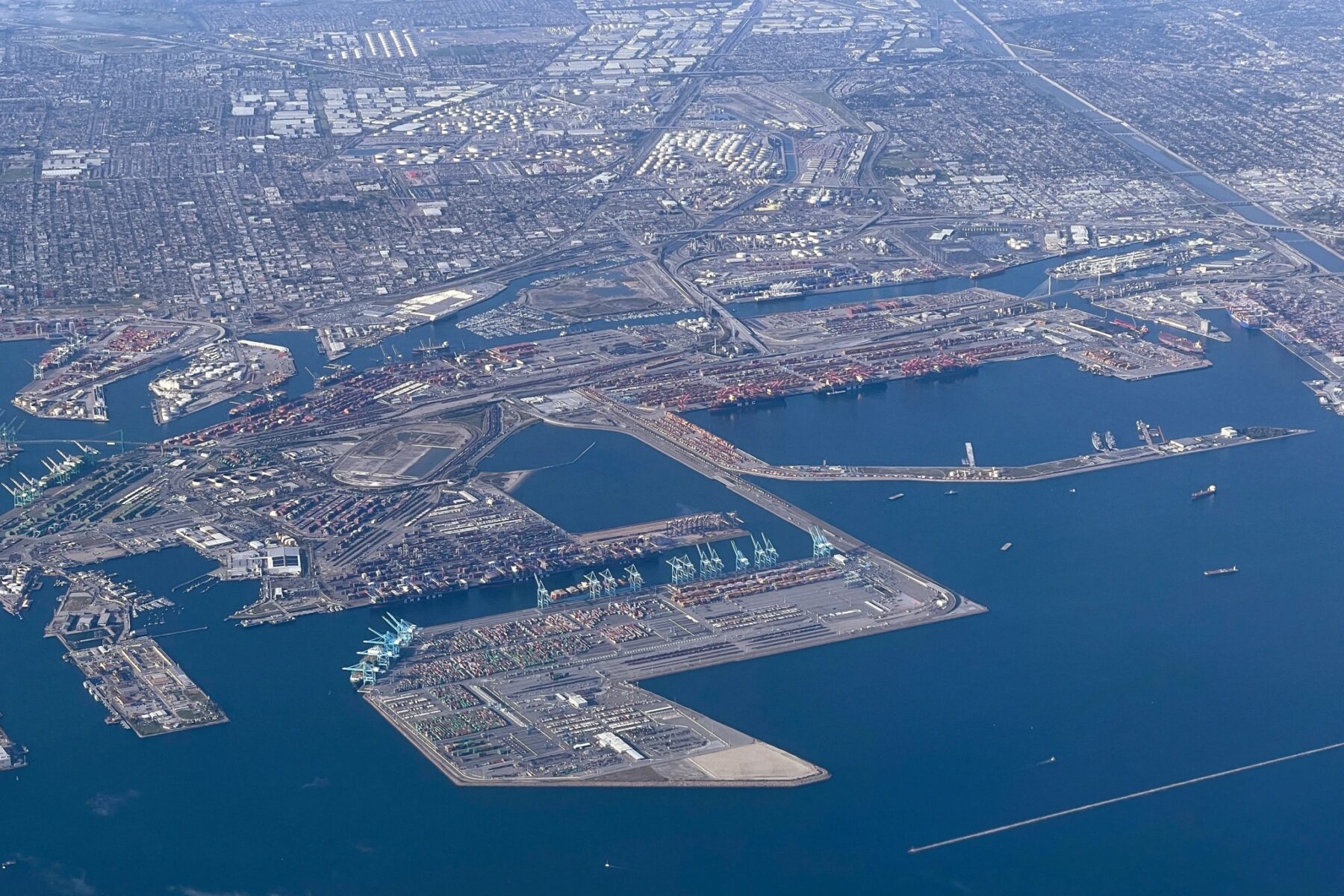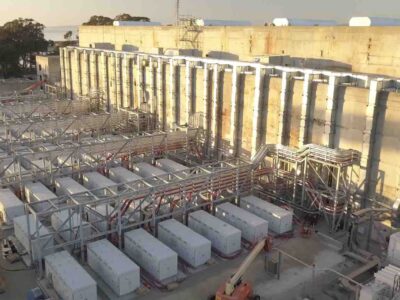WASHINGTON (Reuters) -The Biden administration on Friday launched a $4 billion effort to electrify U.S. ports and cut heavy duty truck emissions as the government looks to address disproportionate impacts on nearby communities.
The U.S. Environmental Protection Agency (EPA) said it was seeking input in its $3 billion Clean Ports Program to reduce pollutants at U.S. ports and its $1 billion Clean Heavy-Duty Vehicle Program to reduce vehicle emissions near ports and other truck routes. EPA wants details about the availability, market price, and performance of zero-emission trucks, zero-emission port equipment, electric charging and other infrastructure needs for zero-emission technologies.
White House National Climate Advisor Ali Zaidi said the program is addressing “pernicious pollution pumping through our port communities by making investments and setting standards that will spur a shift away from dirty diesel to clean, American-made technologies.”
Zaidi told Reuters that ports account for a significant share of emissions. “They are pockets of concentrated pollution,” Zaidi said. “You can be accelerating in the direction of more productive, more efficient hubs of economic activity but we can cut emissions at the same time.”
Earlier this year, the EPA finalized new clean air standards for heavy duty trucks for the first time in more than two decades that are 80% more stringent than current standards. The EPA estimates that by 2045, the rule will result in up to 2,900 annual fewer premature deaths, 1.1 million fewer lost school days for children and $29 billion in annual net benefits.
The Senate voted 50-49 last week to overturn those rules that aim to drastically cut smog- and soot-forming emissions from heavy-duty trucks but President Joe Biden has promised to veto the measure.
The EPA proposed in April new sweeping cuts to medium- and heavy-duty tailpipe emissions limits.
“Folks who live near ports know air pollution can be extreme, because all trucks and all the vehicles moving goods in and out of ports and on the backs of ship are polluting the air significantly,” Biden said in April.
California regulators last week approved new rules requiring all medium- and heavy-duty vehicles sold in the state in 2036 be zero-emission and new reduced emission regulations for locomotives. Big rigs, local delivery and government fleets must transition to zero emission by 2035, garbage trucks and local buses by 2039, and sleeper cab tractors and specialty vehicles by 2042.
(Reporting by David Shepardson; editing by Diane Craft)





